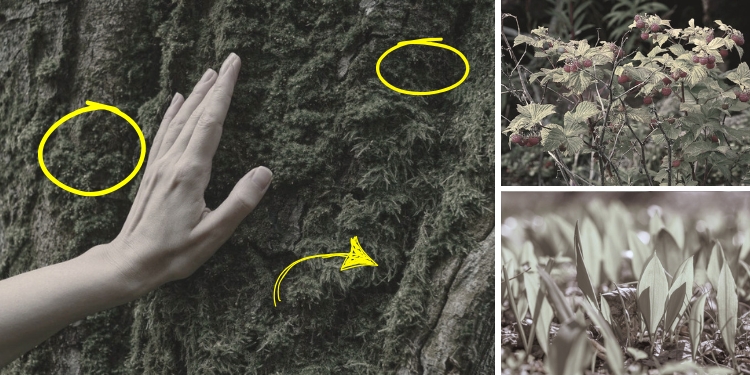How to Heat Your Home Without Electricity: Canadian Winter Edition
The Canadian winter is no joke. When the power goes out in January or February, the temperature inside your home can become dangerously cold within hours. Heating without electricity is not only possible—it’s critical knowledge for every prepper north of the 49th parallel. One of the most dependable off-grid heating methods is the wood stove....

The Canadian winter is no joke. When the power goes out in January or February, the temperature inside your home can become dangerously cold within hours. Heating without electricity is not only possible—it’s critical knowledge for every prepper north of the 49th parallel.
One of the most dependable off-grid heating methods is the wood stove. They’ve been used for centuries and for good reason: they’re reliable, don’t require electricity, and can heat a home effectively. Many models even come with flat tops, perfect for boiling water or cooking during a blackout. For rural homes, especially those surrounded by forest, a wood stove is a wise long-term investment.
In urban or suburban settings where wood stoves might not be practical, propane heaters offer a viable alternative. Models like the Mr. Heater Buddy are safe for indoor use and can be connected to one-pound or twenty-pound tanks. Always use them in well-ventilated areas, and ensure you have a working carbon monoxide detector with a battery backup. Kerosene heaters, while less common, also offer robust heating power but require careful handling and proper ventilation.
Heat retention is just as important as heat production. Improvising insulation can dramatically extend the warmth in your home. Cover windows with heavy blankets or bubble wrap. Seal doorways with towels to prevent drafts, and close off unused rooms to concentrate heat in a smaller space. Use thick curtains or even survival blankets to retain warmth.
Personal warmth is equally vital. Dress in layers, starting with a thermal base layer followed by insulating and windproof outer garments. Wool blankets and sleeping bags rated for sub-zero temperatures can keep you warm through the night. Hot water bottles (if you can boil water) add localized heat and comfort.
Safety should be your top priority. Never use outdoor appliances like BBQs, camp stoves, or gas ovens indoors. These can lead to carbon monoxide poisoning—a deadly mistake. Ensure that your detectors are tested and working, and that your emergency gear is in good condition before winter sets in.
If you’re looking to create a heating prep kit, consider assembling the following essentials. Here’s a printable version to post near your emergency supplies:
Printable Heating Prep Kit Checklist
| Item | Quantity/Notes |
|---|---|
| Indoor-safe propane heater | e.g. Mr. Heater Buddy + fuel |
| Propane cylinders | 1 lb or 20 lb, depending on heater used |
| Wool blankets | One per person |
| Thermal sleeping bags | Rated for at least -20°C |
| Thermal base layers | One full set per person |
| Window insulation (bubble wrap, etc) | Enough to cover major windows |
| Heavy curtains or drapes | For all windows to retain heat |
| Carbon monoxide detector | Battery-powered |
| Fire extinguisher | For safety near heaters |
| Candles and matches/lighters | Use sparingly and with caution |
| Portable kettle | For boiling water on alternate heat sources |
Print this checklist and use it to audit your winter preparedness kit each fall. Regularly test devices, rotate fuel, and ensure your supplies are stored safely. In Canada, where winter can stretch from October to April, preparing for heat loss is not optional—it’s survival planning. Don’t wait until the power goes out to think about how you’ll stay warm. Set up your backup heating options now so you’ll be ready to weather any storm.
What's Your Reaction?































